Art Pepper Never Does Meet the Rhythm Section, Nonetheless This is A Classic Encounter
UHQR offers spectacular, if hard left/right sound
Of course Art Pepper, 31 when this album was recorded, doesn't really "meet" the rhythm section on the January 19th, 1957 recording, which puts the alto saxophonist hard left channel and the rhythm section hard right with little but open subtle ambient space between the two. Bernie Grundman explains in the booklet accompanying Contemporary Analogue Productions UHQR titles that the passive board didn't feature a center panning pot so it resembles early Beatles "stereo" albums, meant to be mixed down to mono giving the mixer greater control over the vocals versus the instrumentals.
The story behind the record is well known and probably most Tracking Angle readers are familiar but for those who aren't, to summarize some of what's related in Lester Koenig's album annotation (parts of which were disputed in "Straight Life", Pepper's autobiography): when Koenig found out Miles Davis's group was going to be in Los Angeles during a West Coast swing, he arranged, along with Pepper's wife Diane, to have the rhythm section—Red Garland, Paul Chambers and Philly Joe Jones— do a one day "east meets west" studio gig with Pepper who'd only been told about the gig that morning because Diane didn't want to unnerve him.
Miles had played late the evening before and the trio arrived late the next day at Contemporary's recording studio. Art's horn was in poor condition and he arrived with absolutely no idea what to play with this all-star group.
Pepper had never played most of the standards on the album. Nonetheless by the time it was over the group had laid down 9 tunes that included two collaborations: one between Pepper and Red Garland ("Red Pepper Blues"), the other ("Waltz Me Blues") between Pepper and Paul Chambers.
The album has electrified and fascinated jazz fans since it was first released in mono in 1957 mesmerized by Pepper's inventiveness, rising to the challenge and the rhythm section's high energy playing—perhaps feeling liberated from Miles's cool. It's a jazz collection essential, released in stereo a year later on Contemporary's Stereo label. The mono has sold for as much as $930.00 on Discogs. The stereo original's high price so far is $550.00
I have 3 versions: a '73 Contemporary Records stereo edition, an early Analogue Productions RTI reissue test pressing dated November 20th 1992 (33 years ago!) cut by Doug Sax at The Mastering Lab on the TML-M main lathe and a more recent Record Store Day Contemporary Records Acoustic Sounds Series Mono edition cut by Bernie Grundman and pressed at QRP.
The '73 stereo edition has a relaxed sonic sweetness, transparency and timbral "rightness" that makes the '92 TML cut sound somewhat grating and hard edged, though compared to nothing it sounds fine. The mono RSD day edition surprised because I figured it would solve the hard L/R issue and sound best, but instead it sounded undistinguished and not as well integrated as I'd expected. It greatly diminishes the music's power. I docked the sound one digit because of the artificial spread but otherwise it's an 11.
If you love this record and think you're done and don't need this UHQR I promise you are making a mistake! It's as close to a master tape as I've heard a record sound. Philly Joe's drum sound delivers effortless, explosive dynamics, cymbals that ring true and pure with macrodynamic shifts that add realism. Turn up the SPLs and you're in the room with the kit. Garland's piano and Chambers' bass are also there with unreserved authority and timbral and dynamic verisimilitude that demands you play at realistic SPLs if your system can do that. Backgrounds are jet black.
There's nothing subtle about how much better this UHQR sounds compared to the others I have and given how much better the Rollins Way Out West UHQR sounded compared to the original Stereo Records edition I have here, I'm confident that you'll be wowed by this limited to 2750 copies edition even if you have an original.
Interestingly, the cover art reproduction mirrors the sound. Here's the '73 repress:
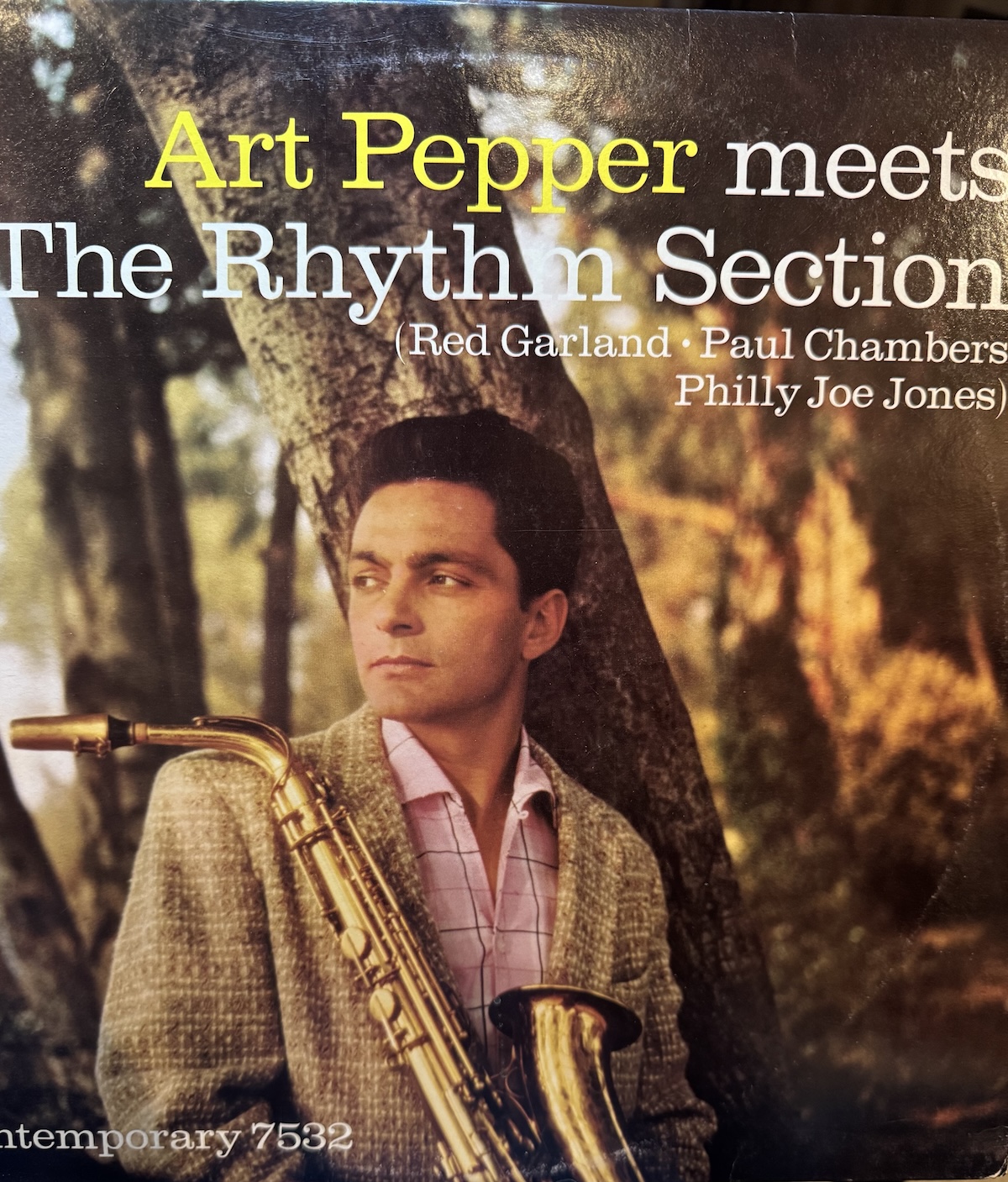 The TML (can't hide it):
The TML (can't hide it):
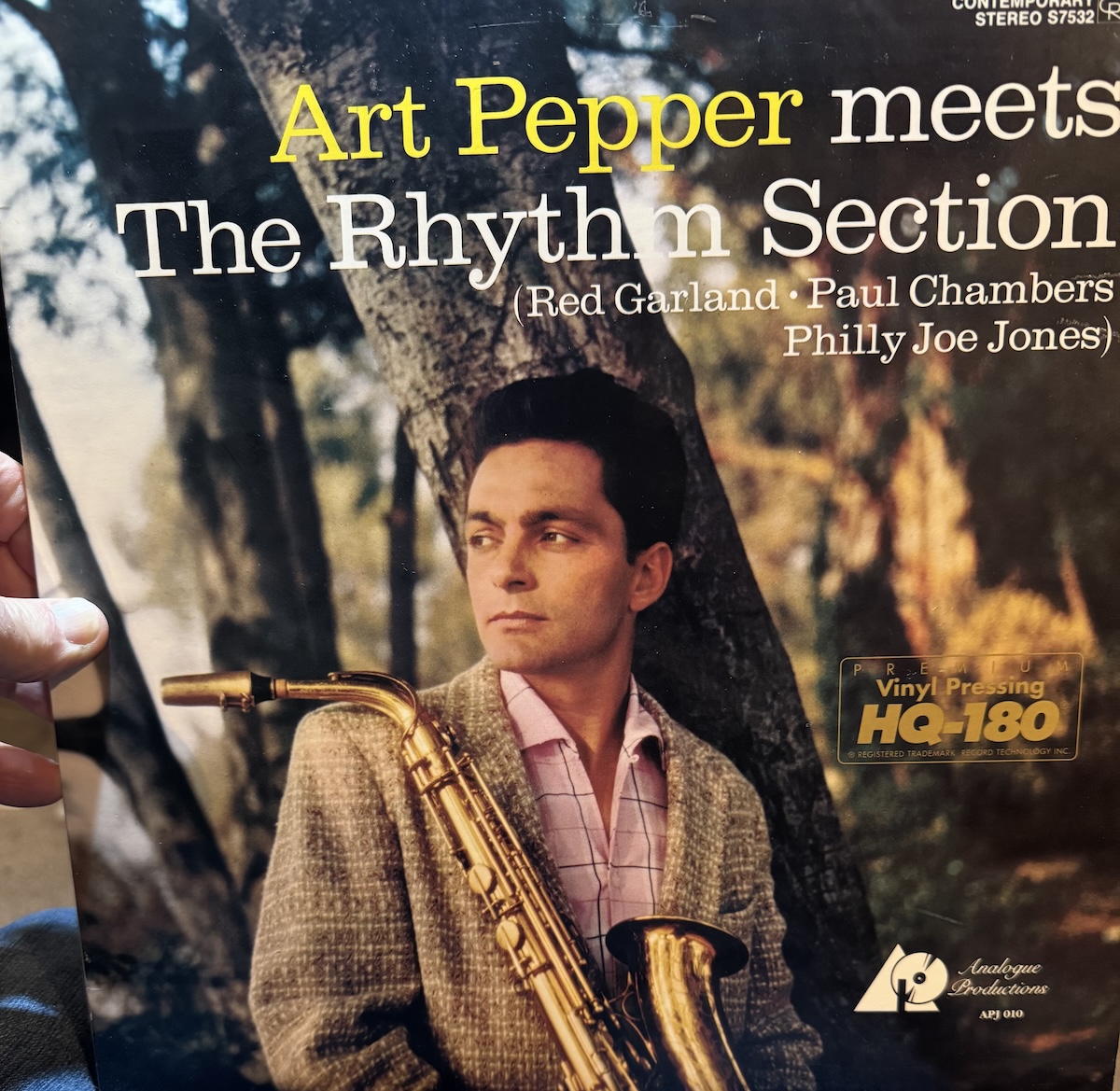 The mono:
The mono:
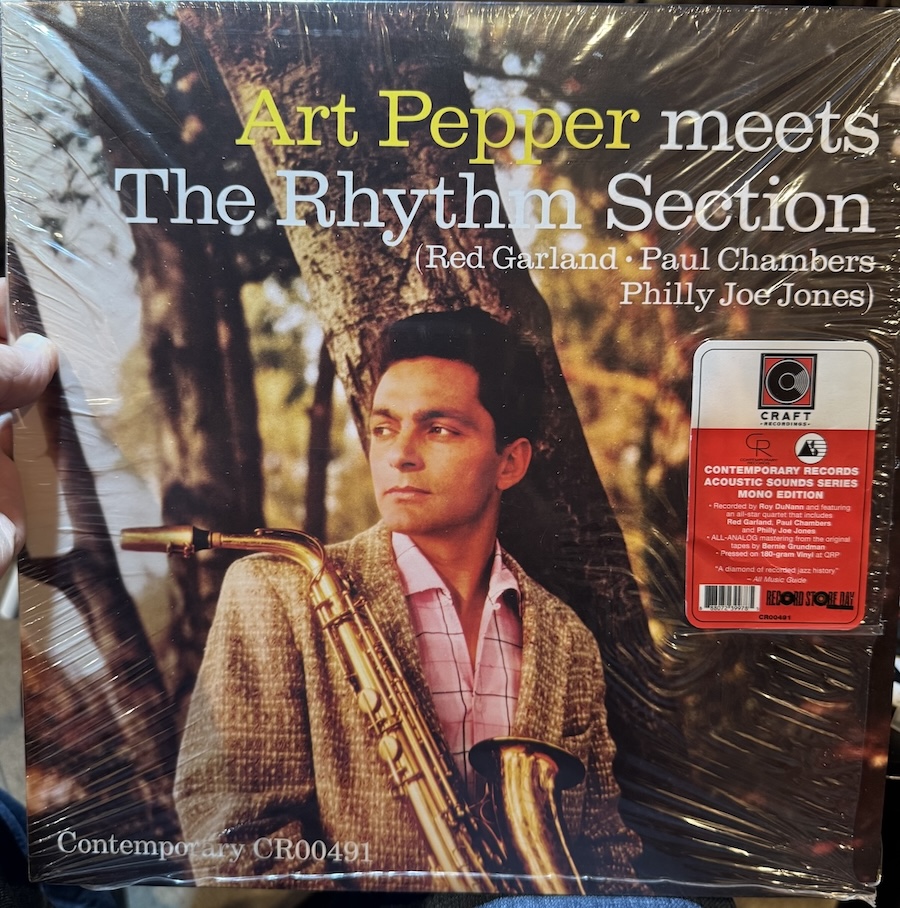 The UHQR:
The UHQR:
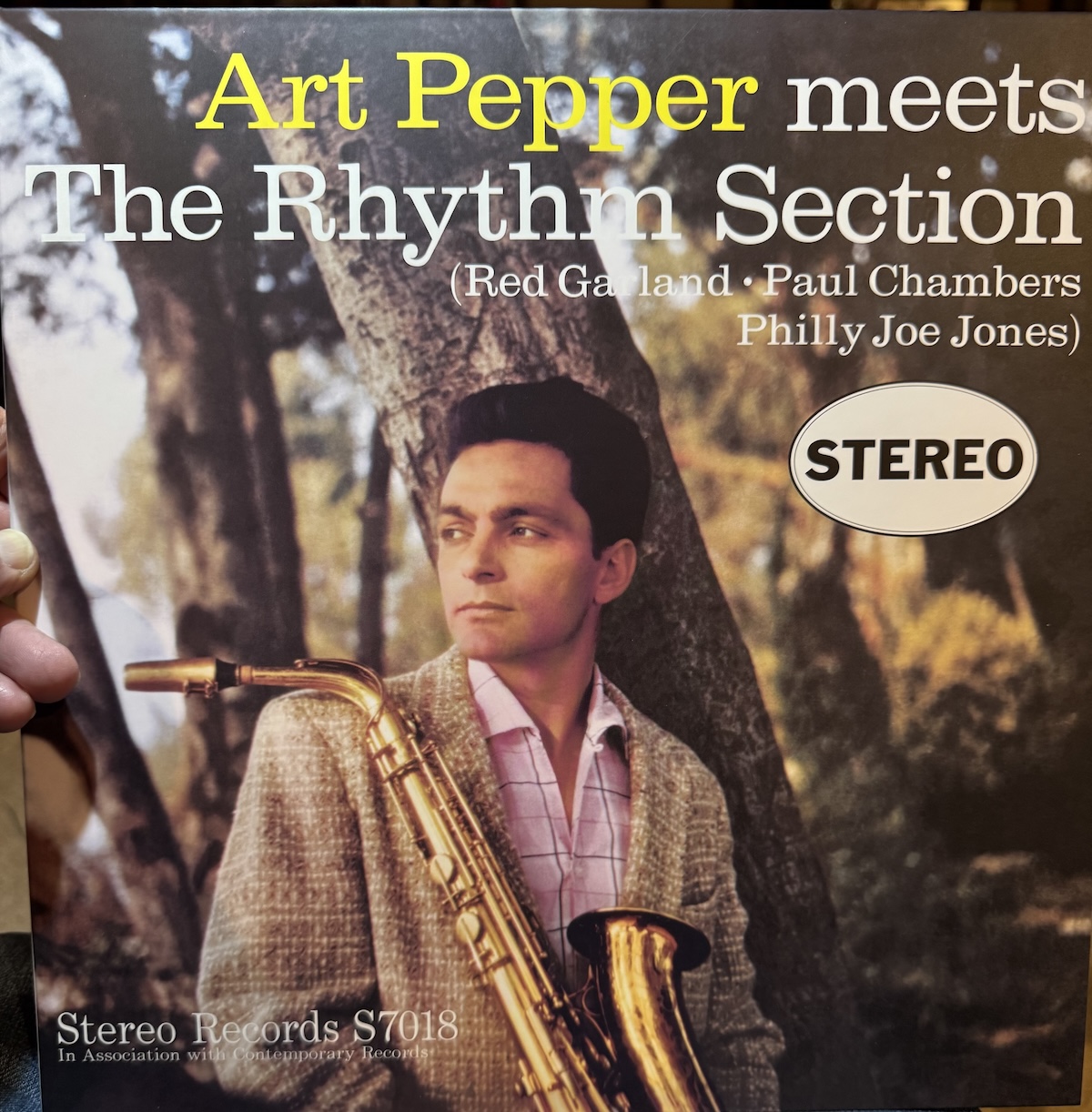 Am I correct? Or am I crazy? The records inside sound like the jackets look! The '73 is second to the UHQR....I know "conformation bias". Lol.
Am I correct? Or am I crazy? The records inside sound like the jackets look! The '73 is second to the UHQR....I know "conformation bias". Lol.




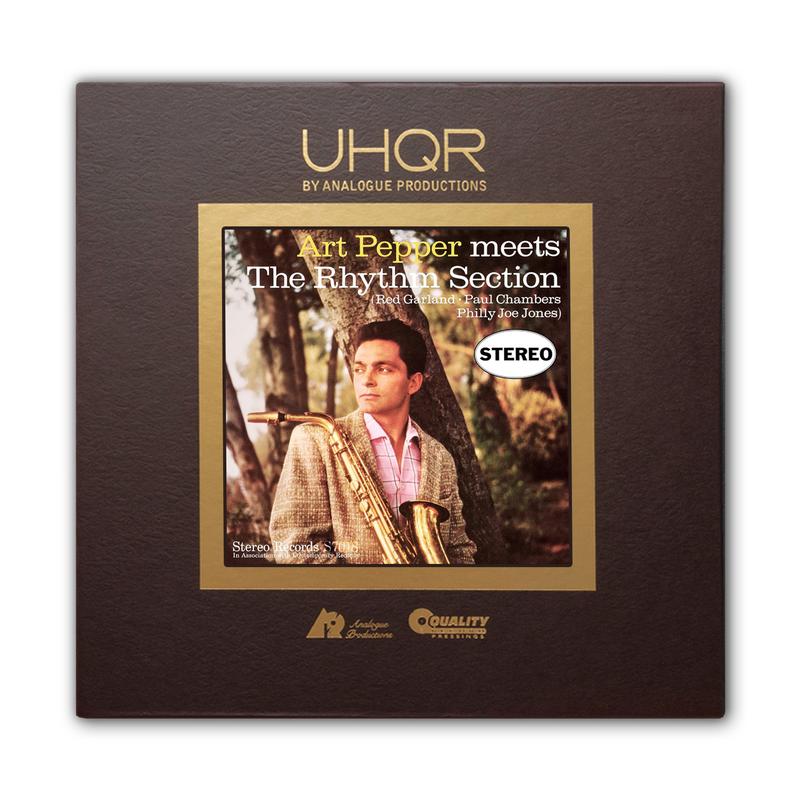


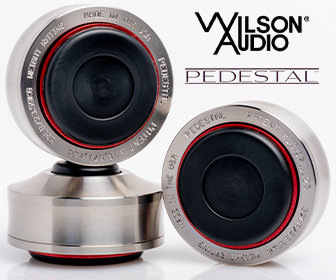
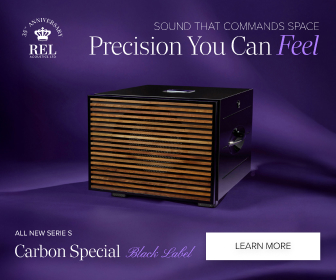
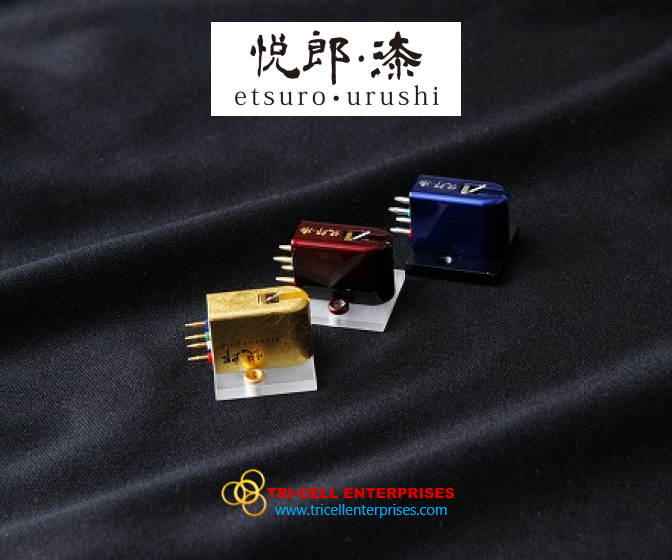
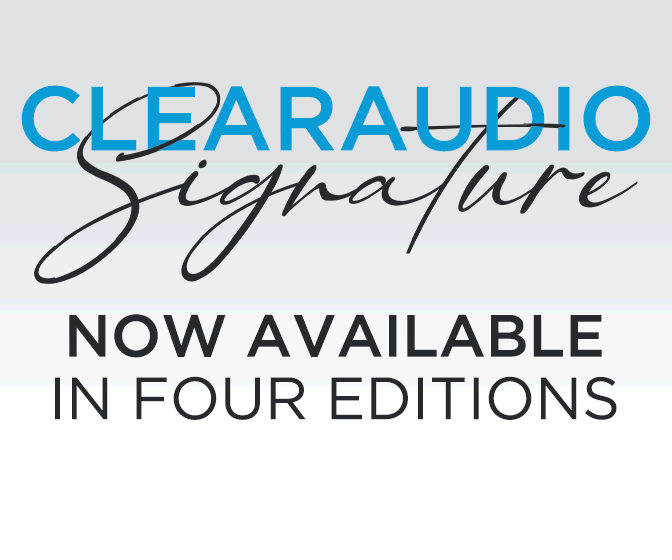
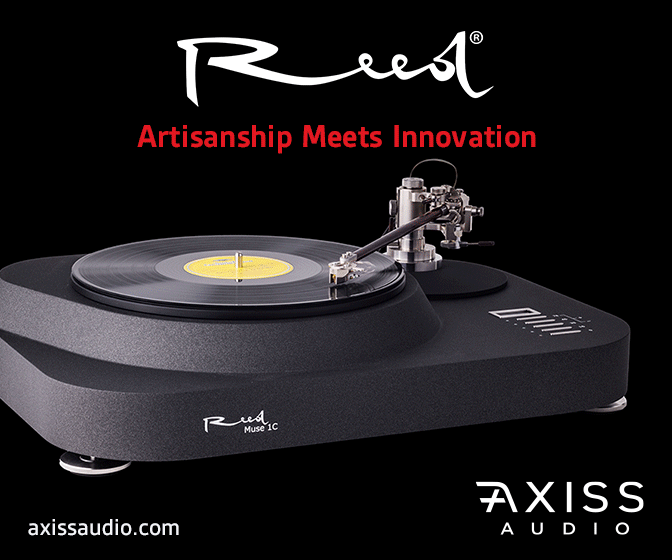
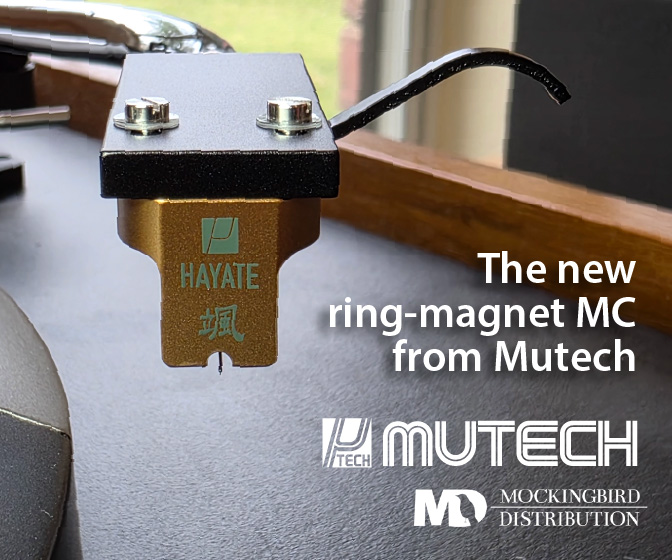
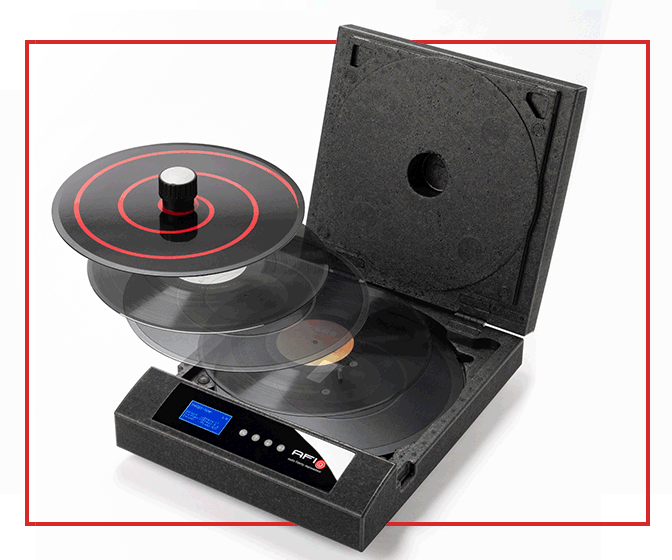
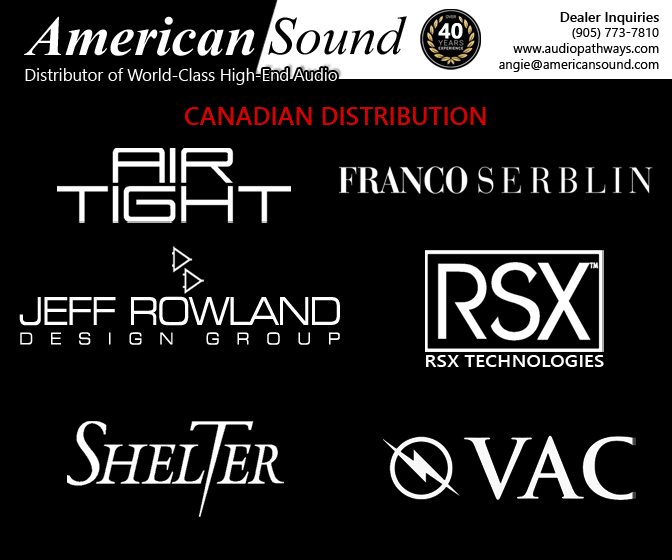
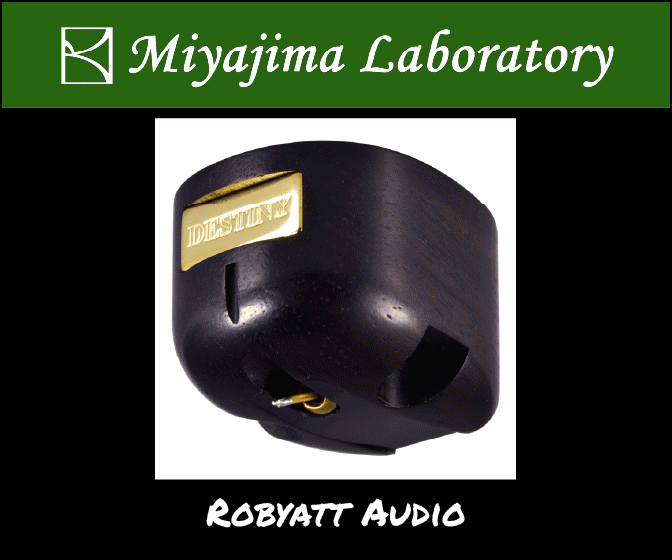
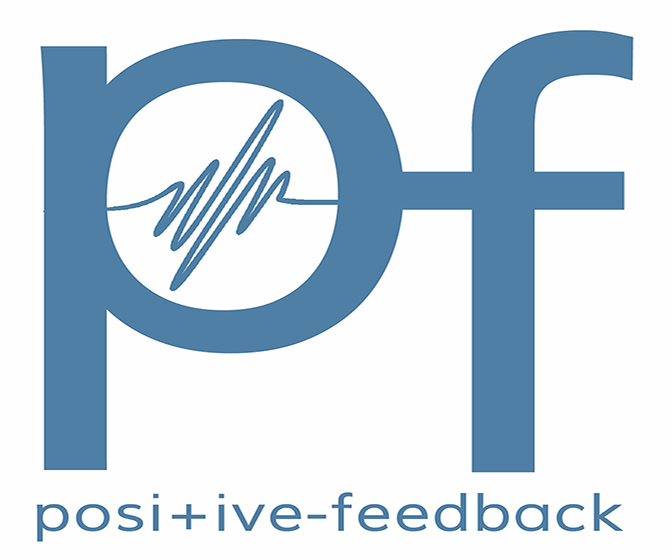

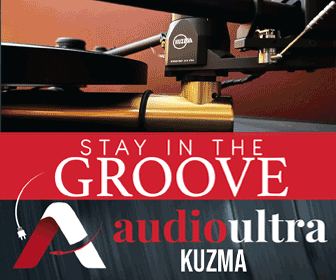
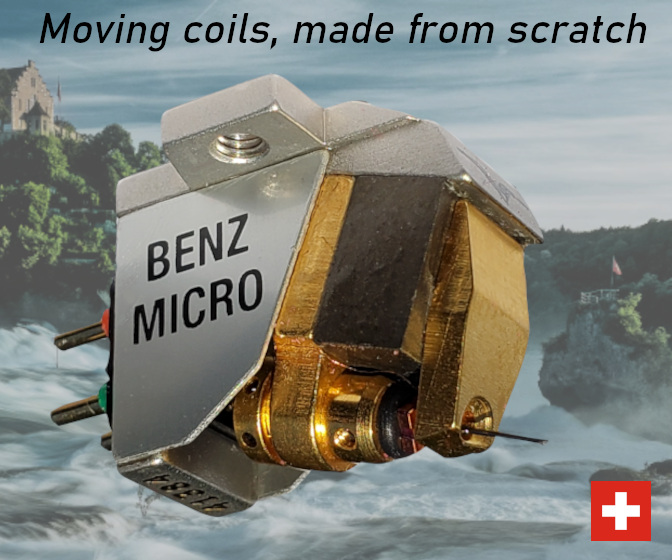

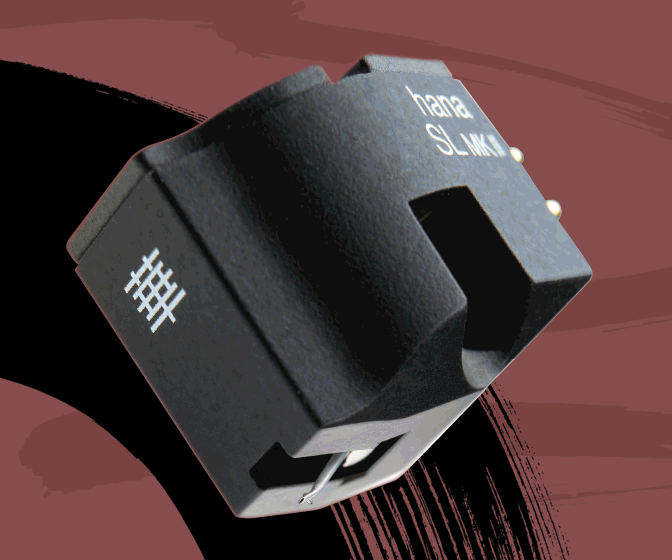
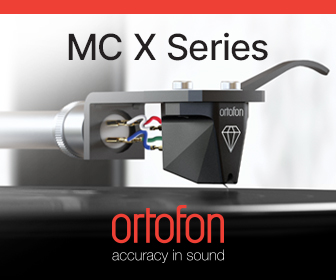
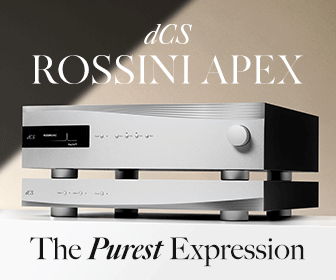
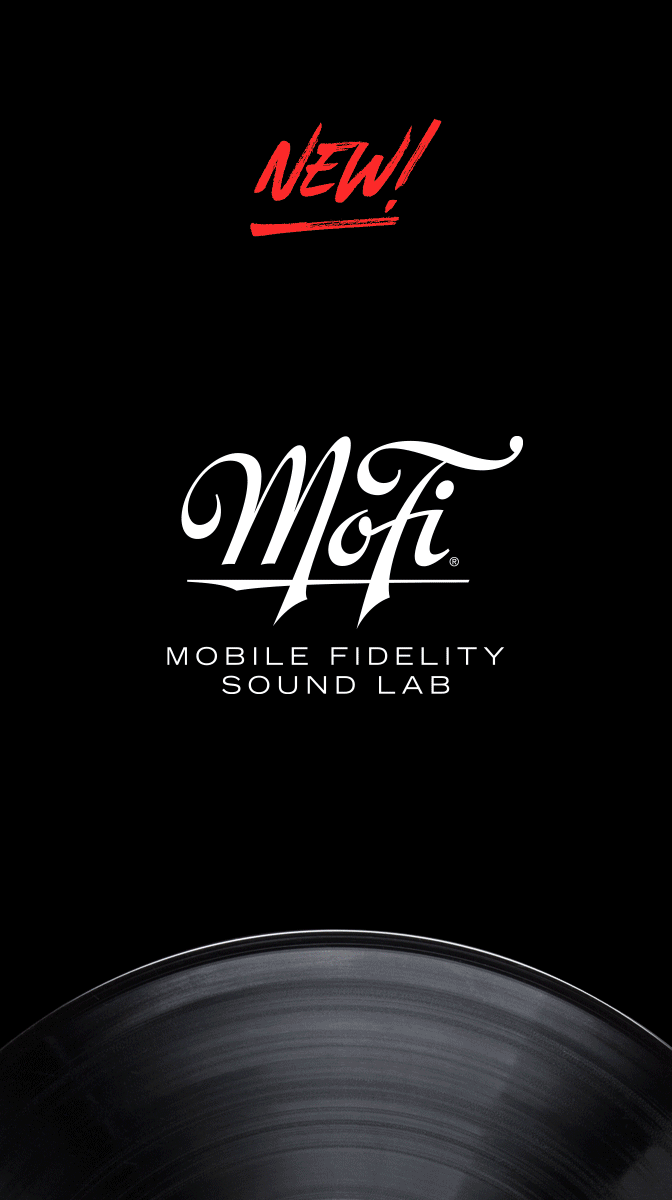
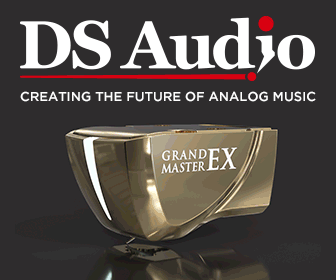
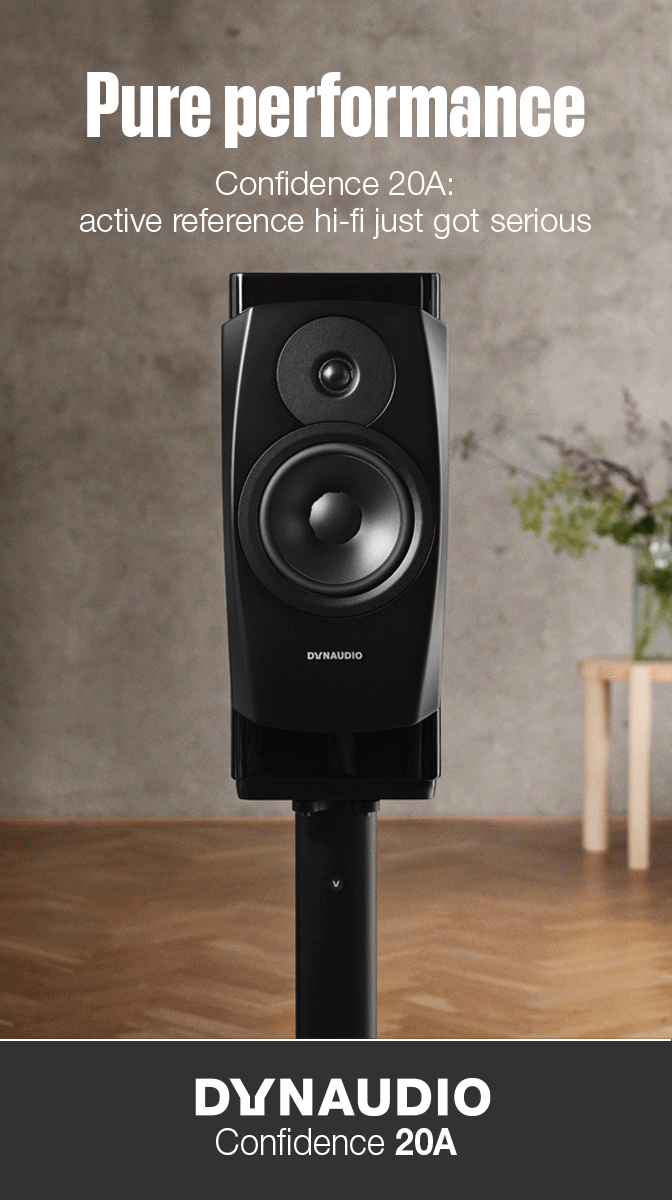
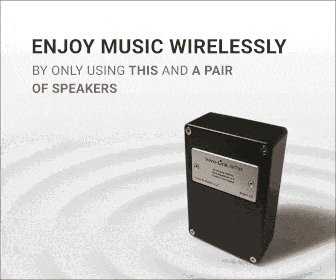
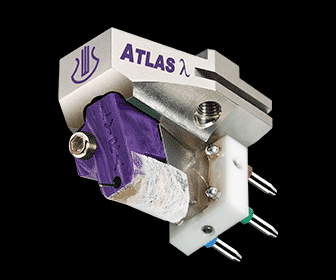

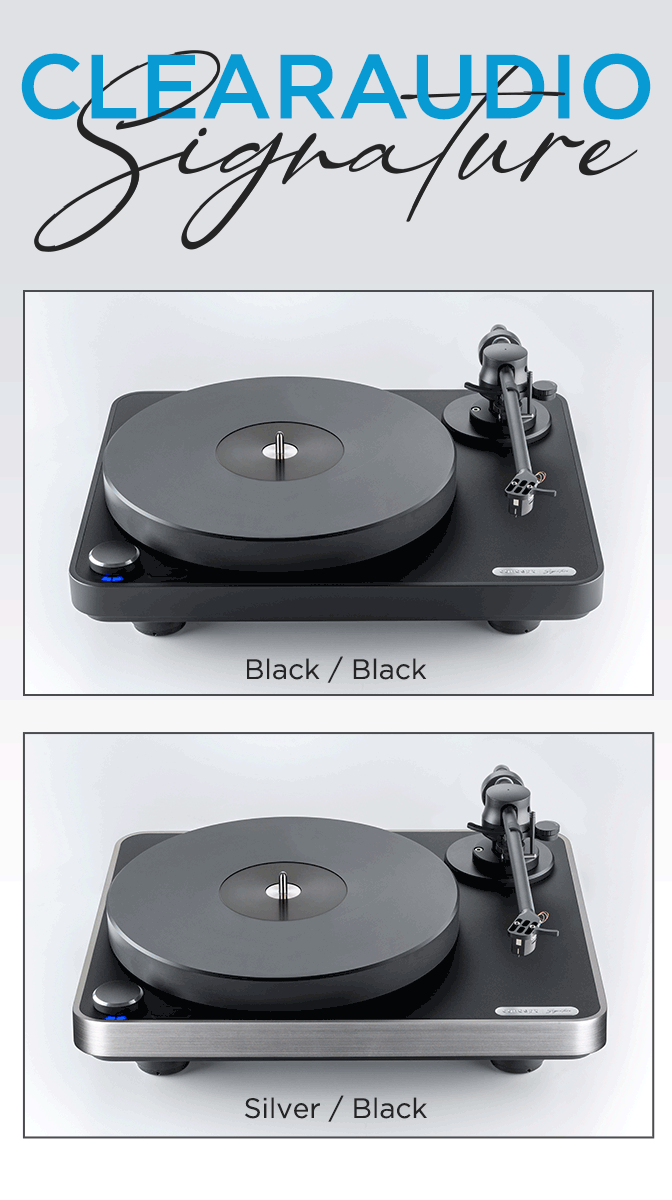
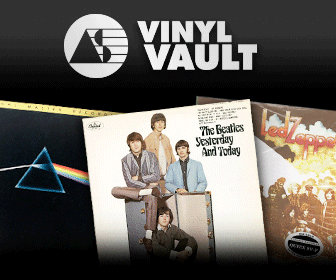
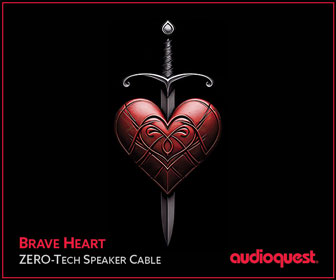
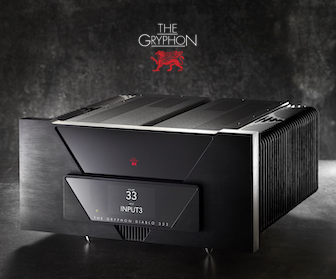
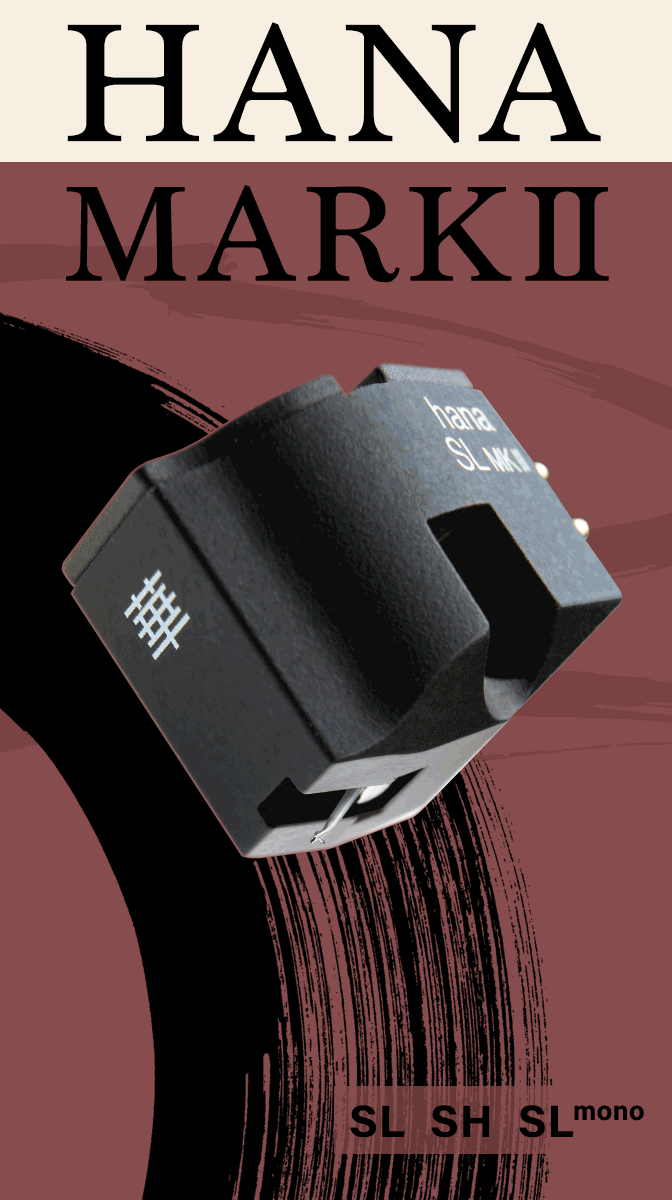


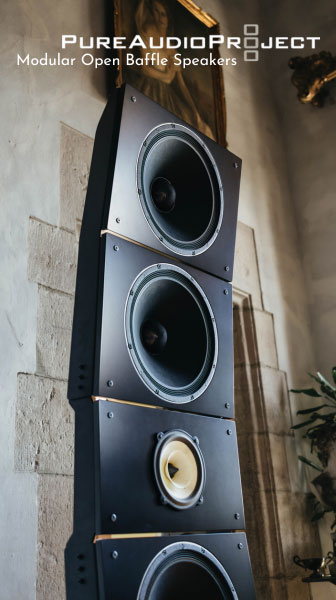
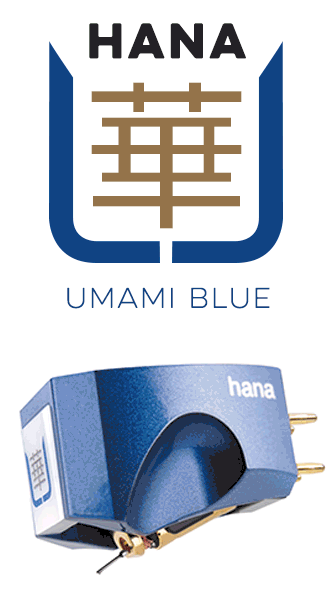





.png)








